The Early Days: Introduction of Basic Electrical Systems
The initial era of vehicle production was characterized by gradual advancements that were incorporated into vehicle blueprints, evolving them from basic transportation devices to intricate machinery. From the 1930s, the inaugural electronic element introduced into automobiles was the vacuum tube radio. Since that time, the emergence of fundamental electrical systems such as electric starters and basic lighting played a pivotal role in shaping this progression, culminating in today's vehicles equipped with over a hundred Electronic Control Units (ECUs).
Electric Starters
Prior to the introduction of electric starters, ignition of a vehicle's engine necessitated the physically strenuous action of manual rotation. In automotive history, the introduction of electrical starter motor marked a significant milestone, greatly enhancing the safety and convenience of vehicles.
In 1911, the electric starter motor was first introduced by Charles Kettering for the Cadillac Motor Company. The groundbreaking electric starter motor utilized a DC electric motor, capable of initiating the engine's rotation upon command, eliminating the necessity for manual cranking. This advancement streamlined the vehicle initiation process while simultaneously enhancing safety and convenience. Serving as evidence of its efficacy, the design and functional principles of the electric starter motor have remained unaltered since its invention. However, for more efficient power management, further enhancements like integrated starter generators are featured in modern combustion engine vehicles.
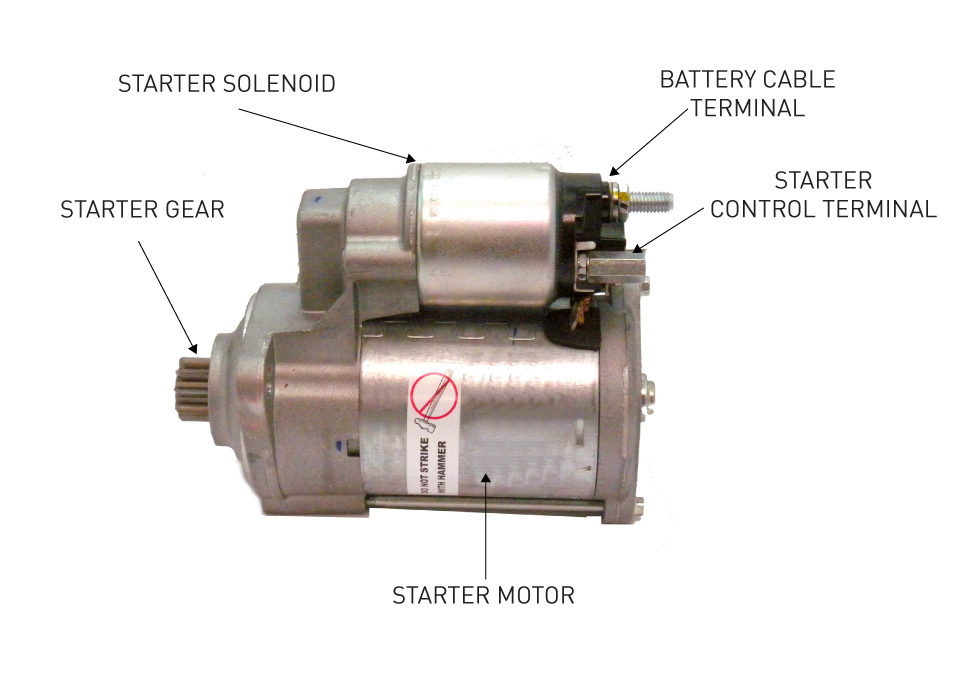
Figure 1: The electric starter motor
Basic Lighting Systems
Specifically, under low-light conditions, the introduction of basic lighting systems in automobiles has majorly increased their safety and usability. In automobiles, the first lighting systems were oil or acetylene lamps. They were not reliable and require frequent maintenance.
Vehicles started using electric lights with the introduction of electricity. The Columbia Electric Car from the Electric Vehicle Company of Hartford, Connecticut emerged as the first automobile to be equipped with electric headlamps in 1898. Offering a more dependable and efficient light source, the lights were powered by the vehicle’s battery system. Until 1912, it took a few more years for the Cadillac Model 1912 to inaugurate a complete electrical system, including electric starter, ignition, and lighting.
The implementation of essential lighting systems not only enhanced nighttime driving safety but also predicted the onset of innovations in vehicular lighting technology. Modern vehicles now showcase cutting-edge automotive lighting technology with sophisticated LED and HID lighting systems, adaptive headlights, and automatic high-beam control, marking substantial progress in this field.
The Transition to Electronic Systems
In automotive engineering, as basic electrical systems became more commonplace, a greater transition to more complicated electronic systems began to start. In the systems, one major area of advancement that controls the basic part of the vehicle is the engine. In the development of electronic fuel injection systems, this was evident. Likewise, notable progressions in safety mechanisms have signaled a substantial transformation, exemplified by the creation of the anti-lock braking system.
Fuel Injection Systems
In automotive history, one of the most influential innovations is fuel injection. Carburetors are used by early vehicles to mix fuel and air, which was a relatively less efficient process. Across different driving scenarios, carburetors worked to maintain an ideal fuel-air mixture, resulting in inefficiencies and increased emission levels.
In the 1950s, the advent of the electronic fuel injection (EFI) systems marked a necessary transformation in automotive technology. Electronic Control Units (ECUs) oversee sensors and actuators within electronic fuel injection systems, enabling the precise delivery of fuel to the engine in accordance with real-time operational parameters. Introduced in 1967, Bosch's Jetronic system stands out as an early example of mass-produced electronic fuel injection systems, markedly enhancing both vehicle performance and fuel efficiency.
Fuel injection systems have undergone a transformative evolution, progressing from basic single-point injection systems to advanced multi-point and direct injection systems. This evolution has ushered in superior control, increased fuel efficiency, and a substantial reduction in emissions over time.
Anti-lock Braking Systems
Specifically in braking systems, the electronic revolution also made a critical impact on vehicle safety. Prior to the advent of the anti-lock braking system (ABS), drivers faced a risk of losing their wheel grip on the road during sudden braking. This occurred when the vehicle's inertia surpassed the adhesion force to the road, resulting in skidding and diminishing the driver's steering control.
In the early 1970s, the anti-locking system was introduced in production cars, utilizes an electronic control unit and speed sensors to regulate the brake pressure on each wheel during heavy braking. This mechanism averts the loss of traction between the wheels and the road by inhibiting rapid wheel deceleration. This enables the driver to retain steering control and minimize skidding. In numerous driving conditions, this advancement greatly improves vehicle safety.
Advanced features like Electronic Stability Control (ESC) and Traction Control System (TCS) assist in ABC evolution since its inception, which contributes to improving vehicle stability and control.
Within vehicles, the progression of electronic systems, starting from simple lighting setups to intricate fuel injection and safety mechanisms, underscores the remarkable influence of electronics on the automotive sector's transformation. These systems continue to advance, providing improved efficiency, safety, and convenience, with modernization and digitization.
Modernization and Digitization
The modernization and digitization of vehicles further advanced as the transition to electronic systems has matured. The integration of information technology has become a burgeoning trend within the automotive sector. This integration has resulted in notable progressions, including onboard diagnostics, infotainment systems, and advanced driver assistance systems.
Onboard Diagnostics (OBD)
In the field of automotive electronics, the inception of onboard diagnostic systems marked an important leap. The functionality of multiple engine components and systems is monitored by OBC, furnishing crucial data to aid in diagnosing and resolving potential problems.
In the 1980s, the first rudimentary OBD systems were introduced, offering limited diagnostic capability. However, in the mid 1990s, the real breakthrough came with the advent of OBD-II. The adoption of OBD-II standardizes both the diagnostic connectors and trouble codes, simplifying the process of diagnosing issues and conducting repairs. In the sections mentioned below, we can see how the OBD-II fault code structure is developed:
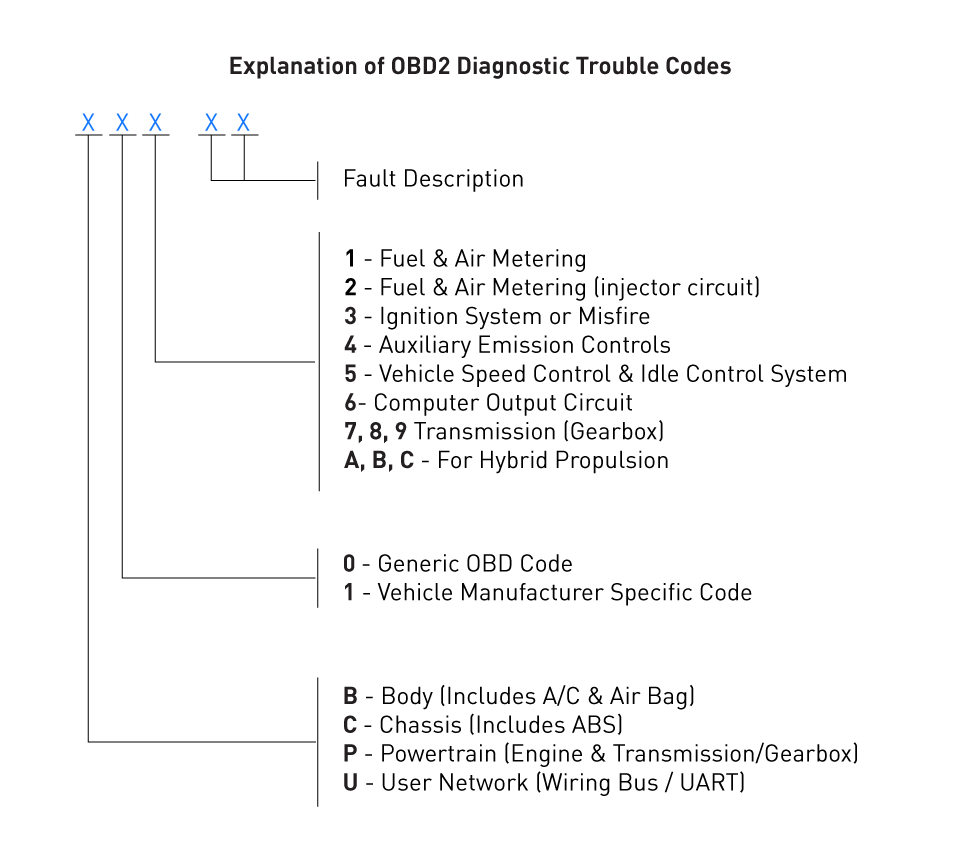
Figure 2: OBD-II fault code structure
Real-time data includes factors like vehicle speed, coolant temperature, throttle position, engine RPM, and air temperature. Leveraging this data enables the identification and resolution of issues, ultimately enhancing vehicle efficiency and reliability while simultaneously reducing emissions.
Infotainment Systems
There was an expectation for similar technical advances in vehicles as consumer electronics became more advanced. This contributes to the evolution of automotive infotainment systems. Infotainment systems seamlessly blend vehicle functionalities with entertainment and information dissemination tools, offering capabilities like navigation, playing music, and linking with smartphones for connectivity.
Initial infotainment systems comprised simple car radios. However, contemporary iterations have transformed into advanced, interactive touchscreen interfaces, offering a wide array of services such as Bluetooth connectivity, voice recognition, and even Wi-Fi accessibility. Offering a focal control hub for drivers, advanced infotainment systems are also often united with the vehicle’s other systems.
Advanced Driver Assistance Systems (ADAS)
In recent automotive electronics history, the most important development has been the advent of Advanced Driver Assistance Systems. To increase vehicle safety, in combination with modern algorithms, ADAS uses a huge range of sensors, cameras, and radars.
A huge range of features like Adaptive cruise control, forward collision warning, automatic emergency braking, and lane departure are enclosed by ADAS. Notifying drivers of potential hazards, these systems can also assume control of the vehicle in certain instances to proactively avert accidents.
Under few conditions, some ADAS such as Cadillac’s Super Cruise or Tesla’s Autopilot even allow for semi-autonomous driving. The implementation of these systems underscores the ongoing transition within the industry towards achieving fully autonomous vehicles.
The transition to modernization and digitization in automotive electronics marks a pivotal shift in the industry's evolution. Vehicles have transcended their mechanical origins and transformed into intricate systems that amalgamate diverse electronic components and systems. This stage has laid the foundation for the forthcoming developments in the automotive industry, encompassing electric and hybrid vehicles, Vehicle-to-Everything communication, and the progression toward autonomous driving.
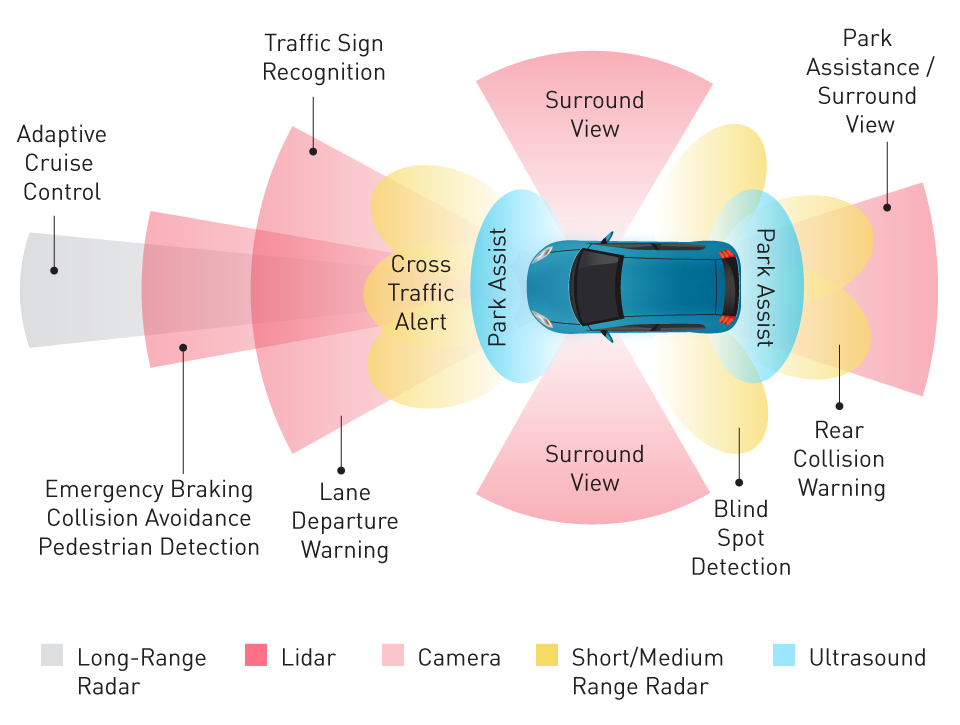
Figure 3: Different ADAS Sensors of Automotive
The Future Outlook
In the early days, the progress from basic electrical systems to modernization and digitization in recent years has been a transformative journey. When envisioning the future of automotive electronics, three prominent trends surface: the shift to electric and hybrid vehicles, the ascent of Vehicle-to-Everything (V2X) communication, and the progression towards achieving complete autonomy in driving.
Electric and Hybrid Vehicles
The future of automotive electronics is strongly interlinked to electric and hybrid vehicles, with environmental concerns and sustainability gaining global attention. These vehicles necessitate a completely novel approach to automotive electronics and the management of power systems.
To power an electric motor (frequently referred to as e-Machine) and turn the wheels, electric vehicles (EVs) use electricity stored in a battery pack. To enhance fuel efficiency, Hybrid Electric Vehicles (HEVs) blend an internal combustion engine (ICE) with a battery and an electric motor (commonly known as a starter generator). In the operation of these vehicles, the electronics associated with battery management systems (BMS), motor controllers, and energy-efficient auxiliary systems play a pivotal role. The shift towards Electric Vehicles (EVs) and Hybrid Electric Vehicles (HEVs) signifies more than just an environmental imperative; it also marks a substantial transformation in automotive research, design, manufacturing, and maintenance.
Vehicle-to-Everything (V2X) Communication
Vehicle-to-Everything (V2X) communication involves a vehicle's interaction with various elements that may impact it, spanning other vehicles (V2V), infrastructure (V2I), network (V2N), and pedestrians (V2P). The anticipated outcome of V2X communication is a significant enhancement in road safety, traffic efficiency, and a reduction in energy consumption.
This technology depends on swift data transmission with minimal latency. A technology like Dedicated Short Range Communications (DSRC) is an example, specifically crafted for automotive application, being a derivative of Wi-Fi. In more recent times, Cellular V2X (C-V2X), utilizing mobile network operators' infrastructure, emerges as a promising alternative, potentially fostering quicker and more extensive adoption.
Autonomous Driving
In the evolution of automotive electronics, the most ambitious objective is autonomous driving. The idea of autonomous vehicles capable of maneuvering intricate real-world settings devoid of human intervention stands as evidence of the strides made in automotive electronics.
To accomplish autonomous driving, a combination of numerous sensors (such as LiDARs, radars, and cameras), sophisticated algorithms (including machine learning and computer vision), and resilient, instantaneous communication systems are imperative. The forefront of automotive technology is characterized by the electronics responsible for governing and harmonizing these systems.
Yet, the path towards complete autonomy holds multiple layers, delineated by the Society of Automotive Engineers (SAE) levels of driving automation. Currently, vehicles available in the market possess capabilities reaching up to Level 2 and Level 3 autonomy. Reaching Level 5, which represents full autonomous driving, remains a considerable engineering hurdle demanding additional advancements in both hardware and software.
A landscape filled with exciting opportunities is the future of automotive electronics. Exploring further into electric and hybrid vehicles, V2X communication, and autonomous driving unveils a fusion between automotive engineering, electronics, computer science, and artificial intelligence. This amalgamation is propelling us towards a fresh era of mobility. Amidst this transformative wave, the role of automotive engineers is evolving into a multidisciplinary one. It demands more than just expertise in mechanical systems; a profound comprehension of electronics, software, and data analytics is increasingly essential.



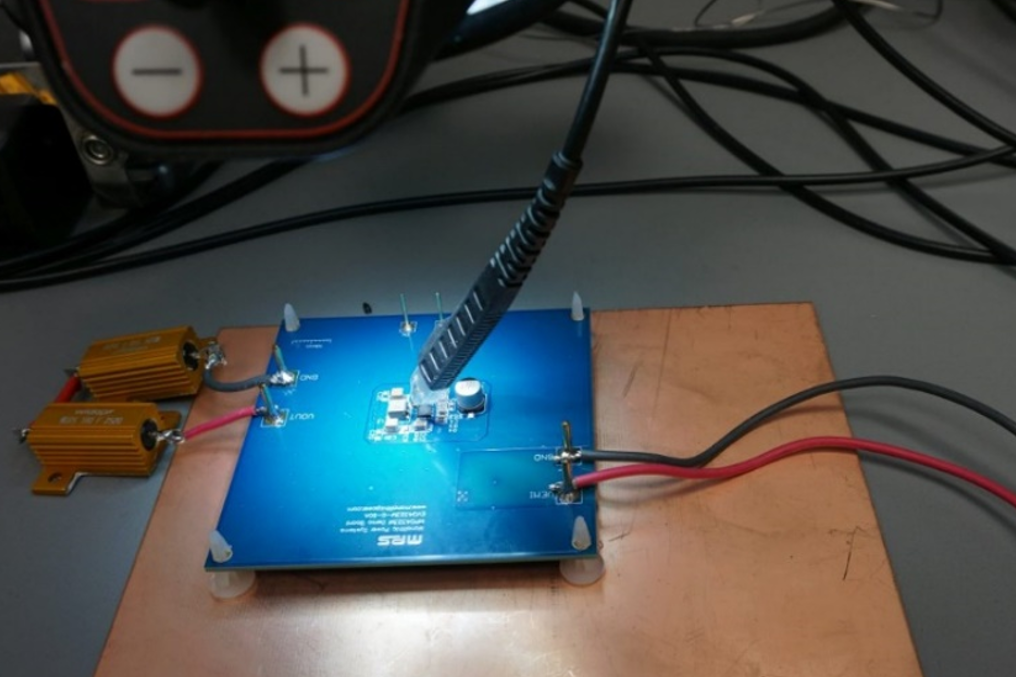
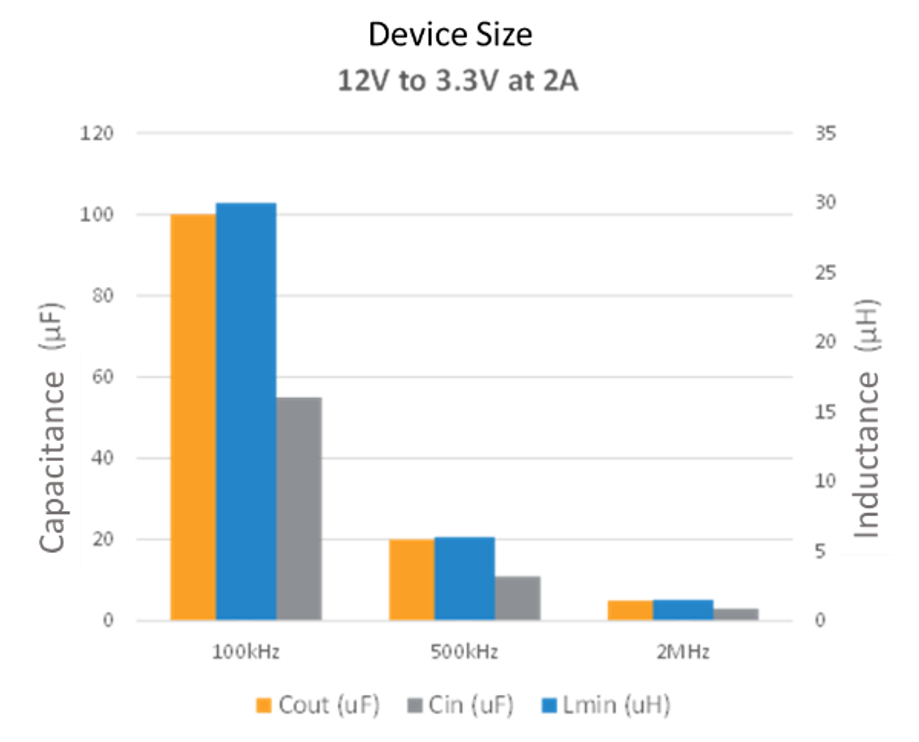
直接登录
创建新帐号